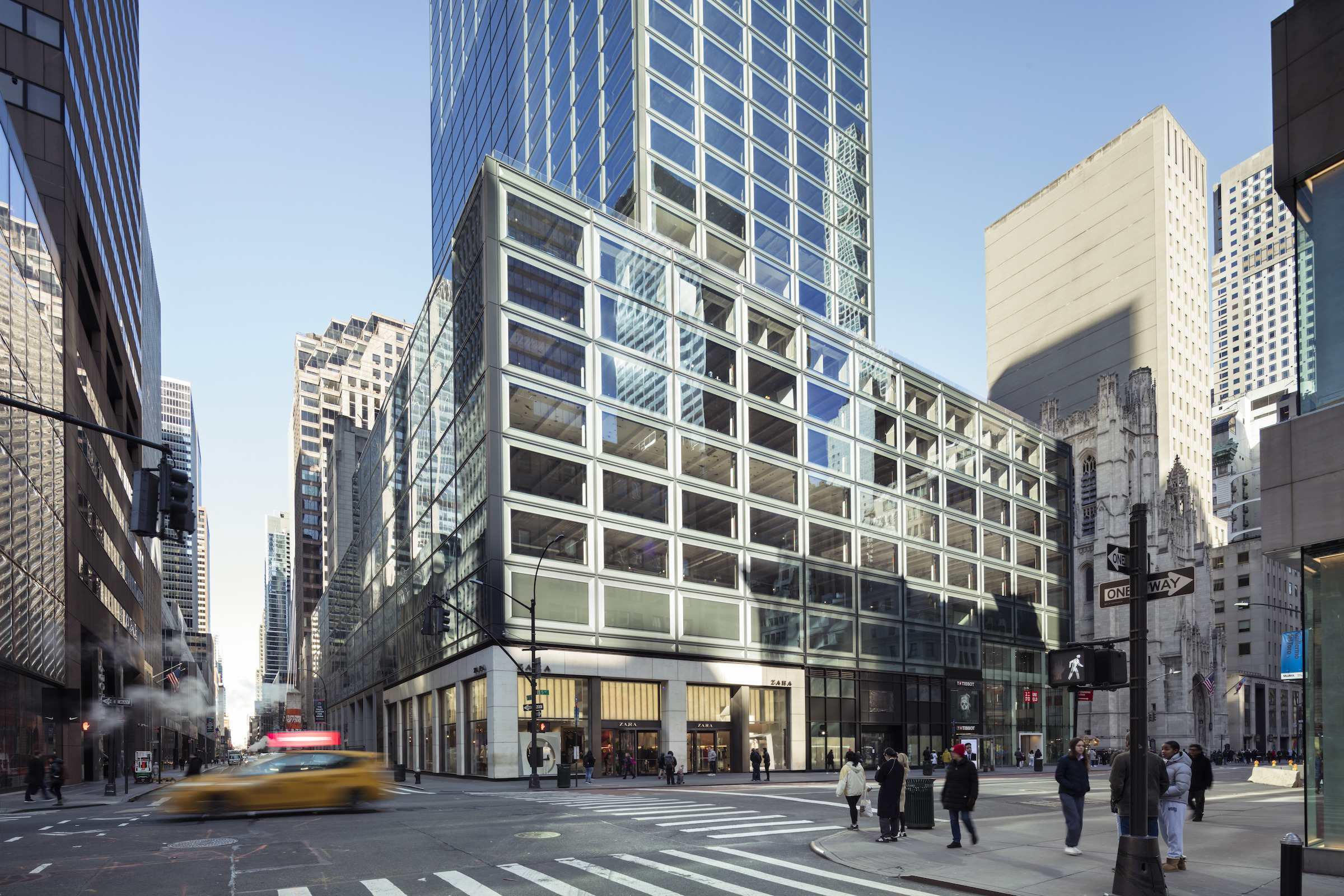The modernization of a mid-century Midtown Manhattan office tower features a new façade intended to improve occupant comfort and reduce energy consumption. The building, at 666 Fifth Avenue, was originally designed by Carson & Lundin.
First opened in November 1957 when it was considered cutting-edge, the original façade of the 500-foot-tall modernist skyscraper was highly inefficient by today’s energy efficiency standards. Using an early version of a semi-unitized curtain wall, the old façade featured units with punched aluminum panels on the bottom and a single glass pane on top. This was advantageous in its light weight, but yielded poor energy efficiency. The project team chose a full reskinning as the best option to upgrade the aging building.
The new façade features the largest single-pane units ever used on an office development in New York City, according to a blog post at KPF.com. These large panes created efficiencies in construction, logistics, and structural detailing. Panel fabricators used a single cut, yielding only minimal waste when producing each unit. Situated inside a four-sided shadowbox, the panels span the full width between columns and the full height between floors. This approach tripled the window area, bringing in plentiful daylight for tenants.
Other improvements on the 1.2 million-sf office tower include:
- Mechanical upgrades for high-efficiency heating and air systems that draw in greater quantities of fresh air.
- A reconstructed lobby with modernized elevators that will support a retail space.
- Numerous columns and low ceilings were eliminated from office floors to maximize interior space.
- Some units offer double-height spaces and interconnected floors, taking advantage of the building’s wide range of floor plate sizes.
- Designers used existing massing—a podium and tower interspersed with multiple setbacks—to create exterior terraces at multiple levels on three sides.
“One of the important aspects of an adaptive reuse project is finding the existing value in a building, and identifying areas that can create more desirable space for users," said KPF Principal Lauren Schmidt, AIA, LEED AP BD+C. "The existing façade at 660 Fifth Avenue was one of the first curtain wall systems when it was built in the 1950s and very modern at the time, but it had limitations in terms of thermal and acoustical insulation, as well as small windows. We approached the façade as a clean slate and proposed opening it up completely with units that would span column to column. This, in a sense, allowed the columns to disappear and create open views. It was a great opportunity to propose something that was perhaps considered atypical, but actually, as we worked through the logistics of it, made sense for a number of reasons and was highly efficient.”
On the team:
Client: Brookfield Properties
Design Architect (full services): Kohn Pedersen Fox (KPF)
MEP Engineer: Cosentini Associates
Structural Engineer: Gilsanz Murray Steficek (GMS)
General contractor: Turner Construction
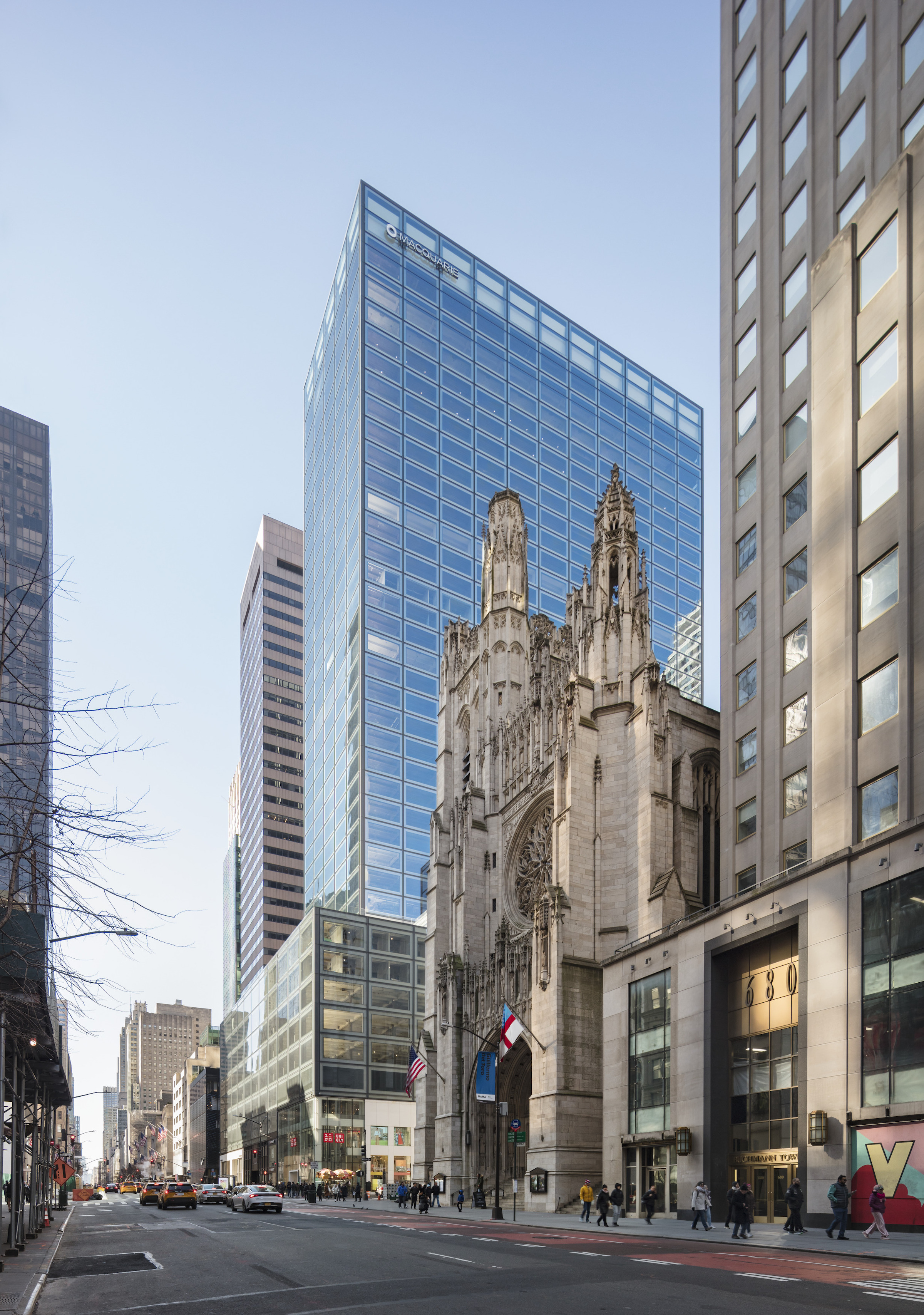

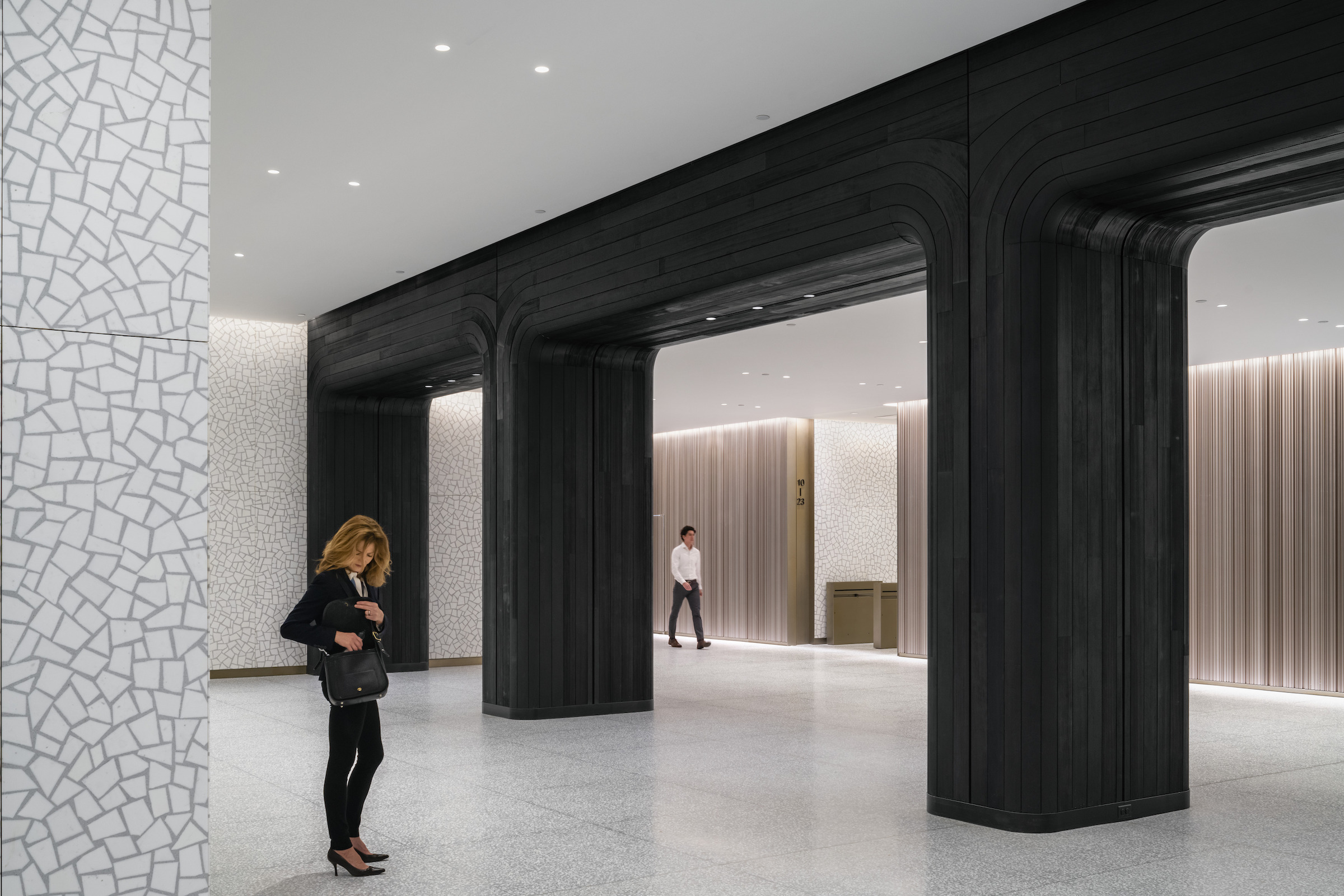
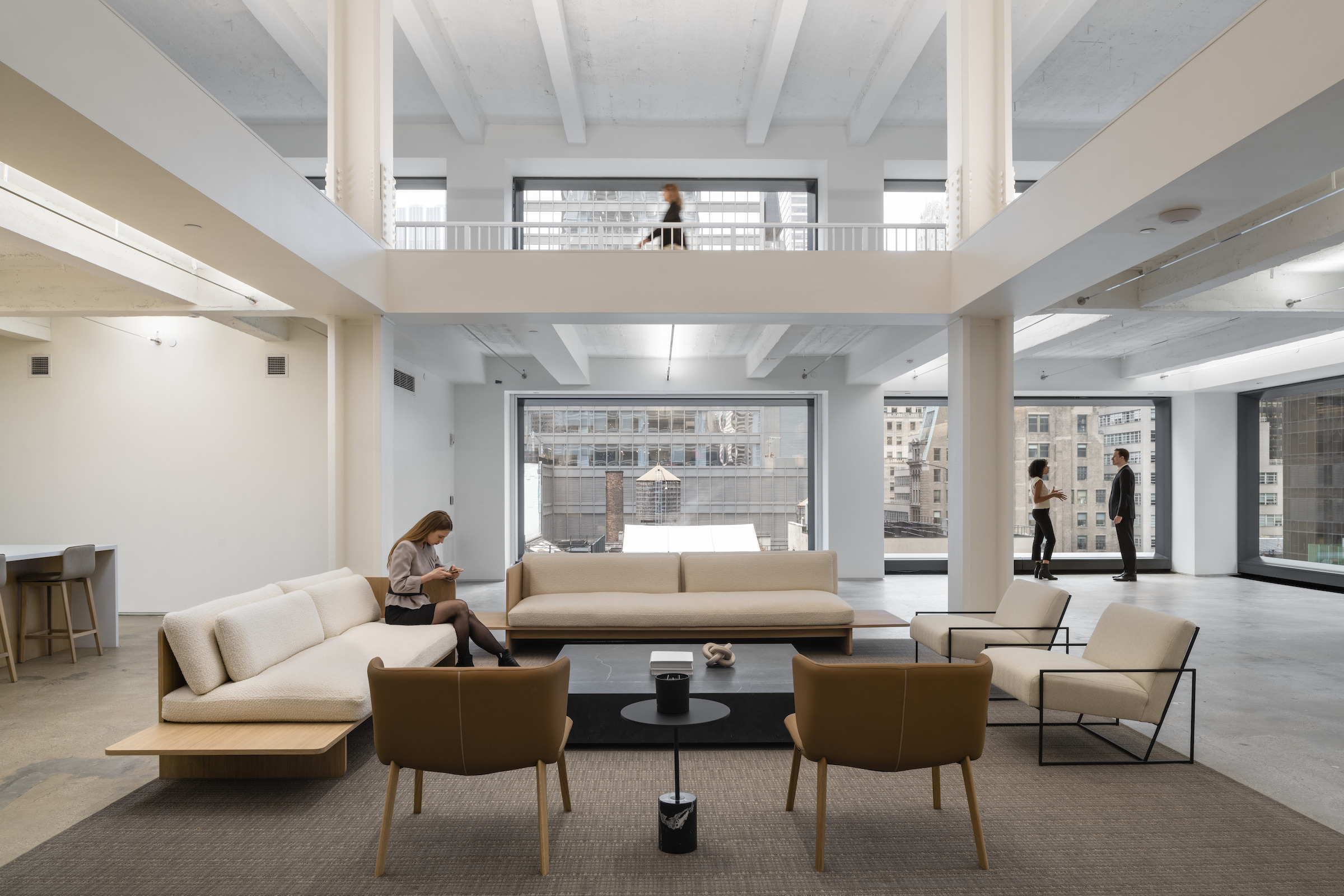
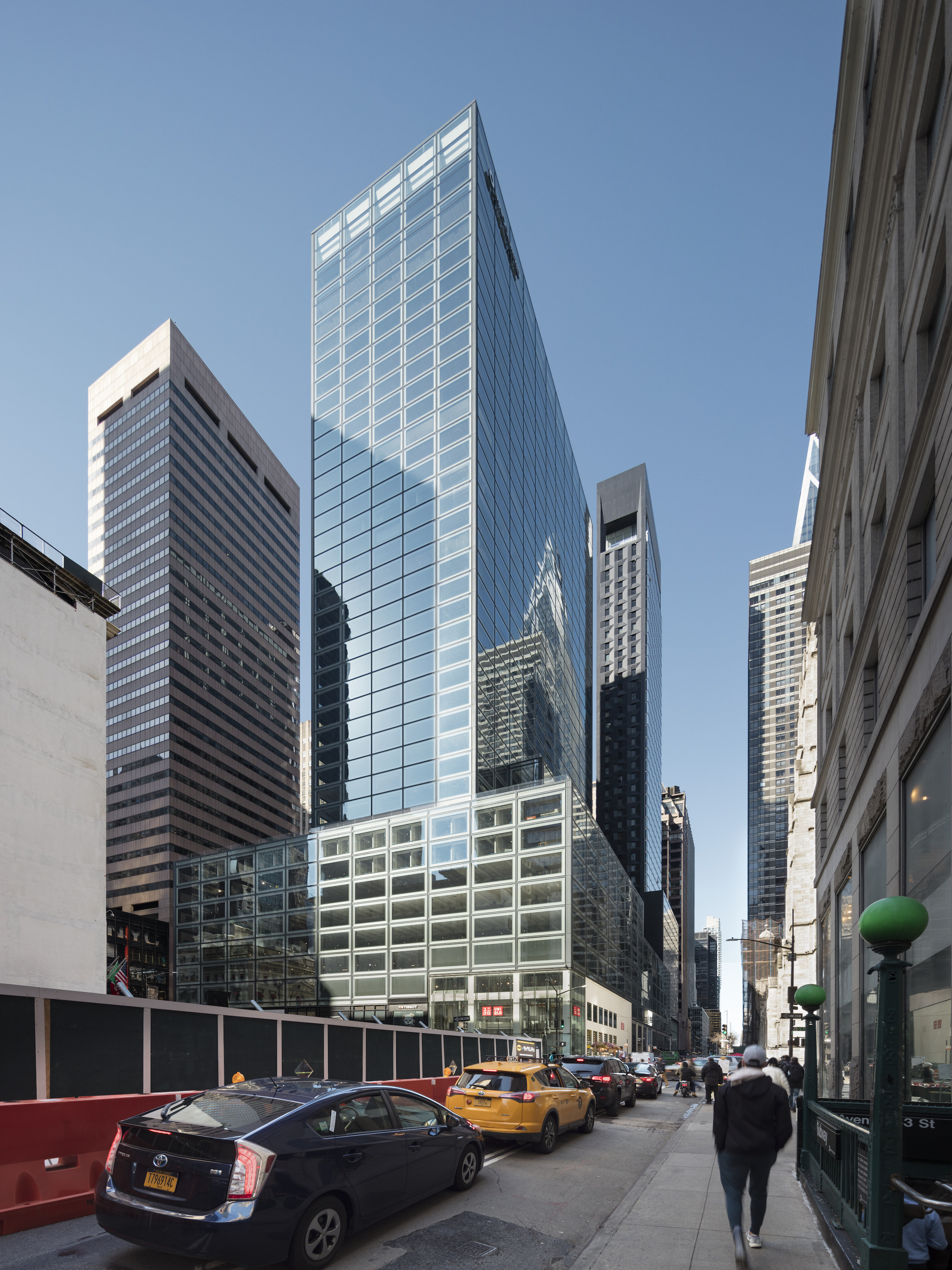
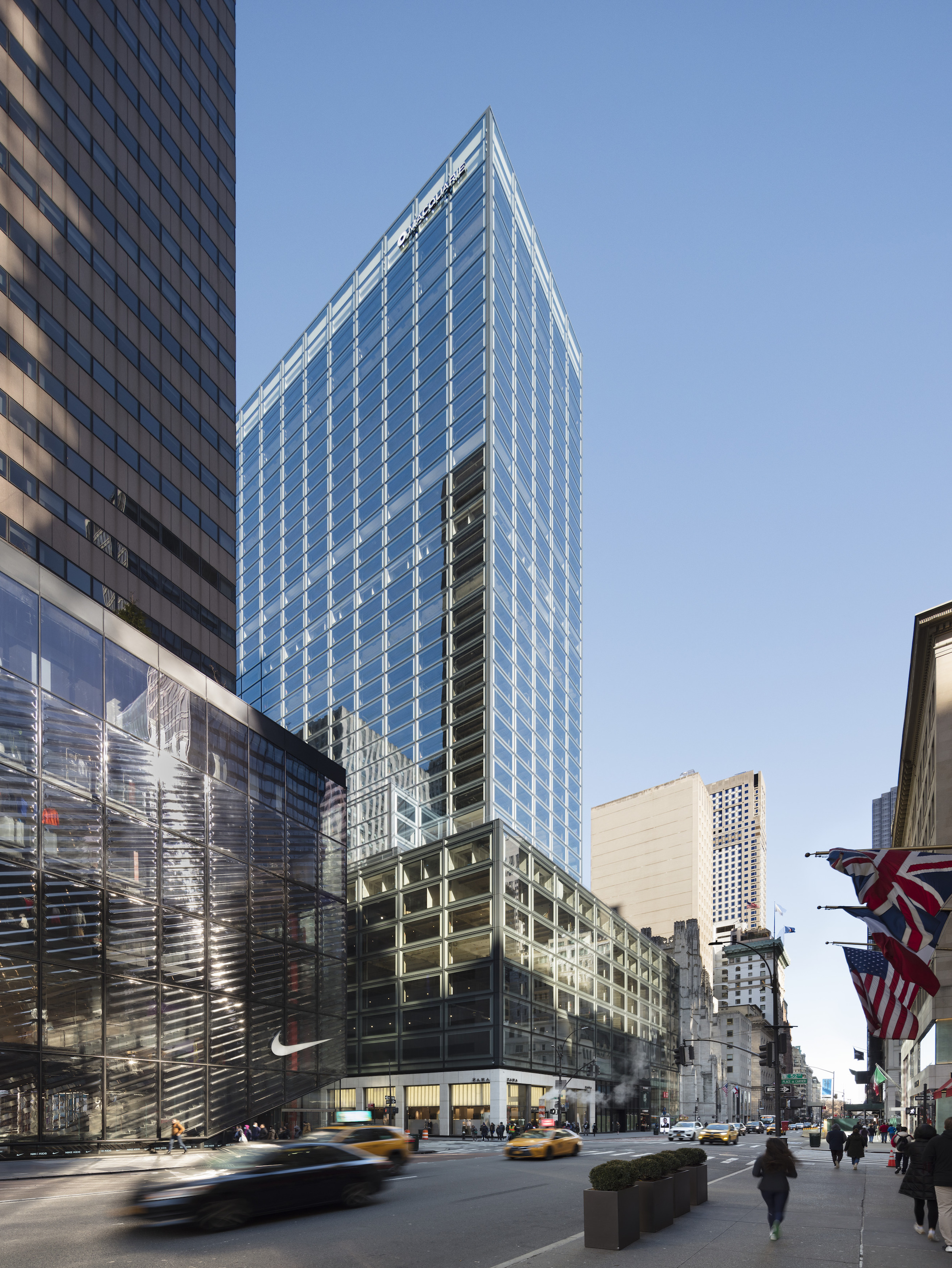

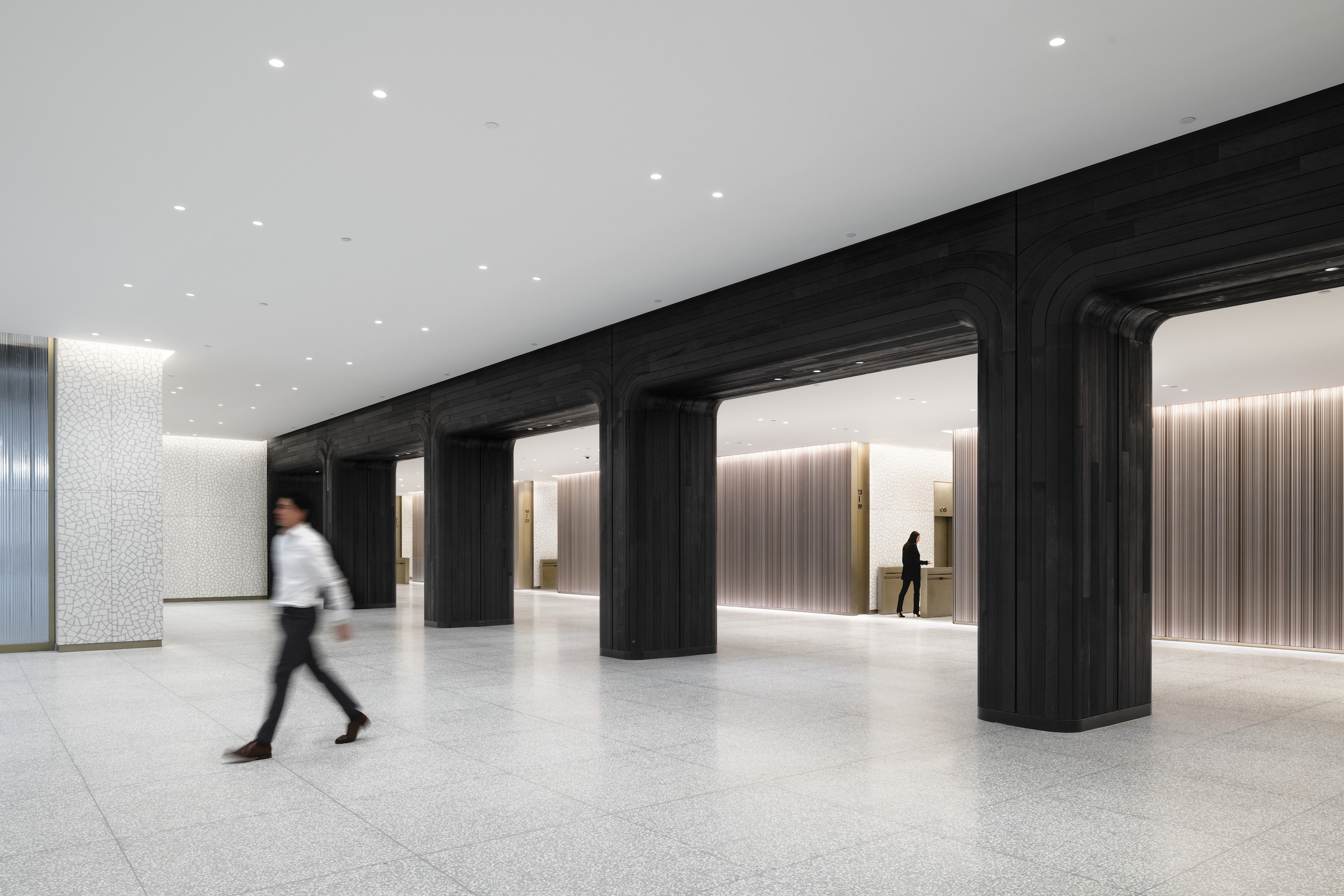


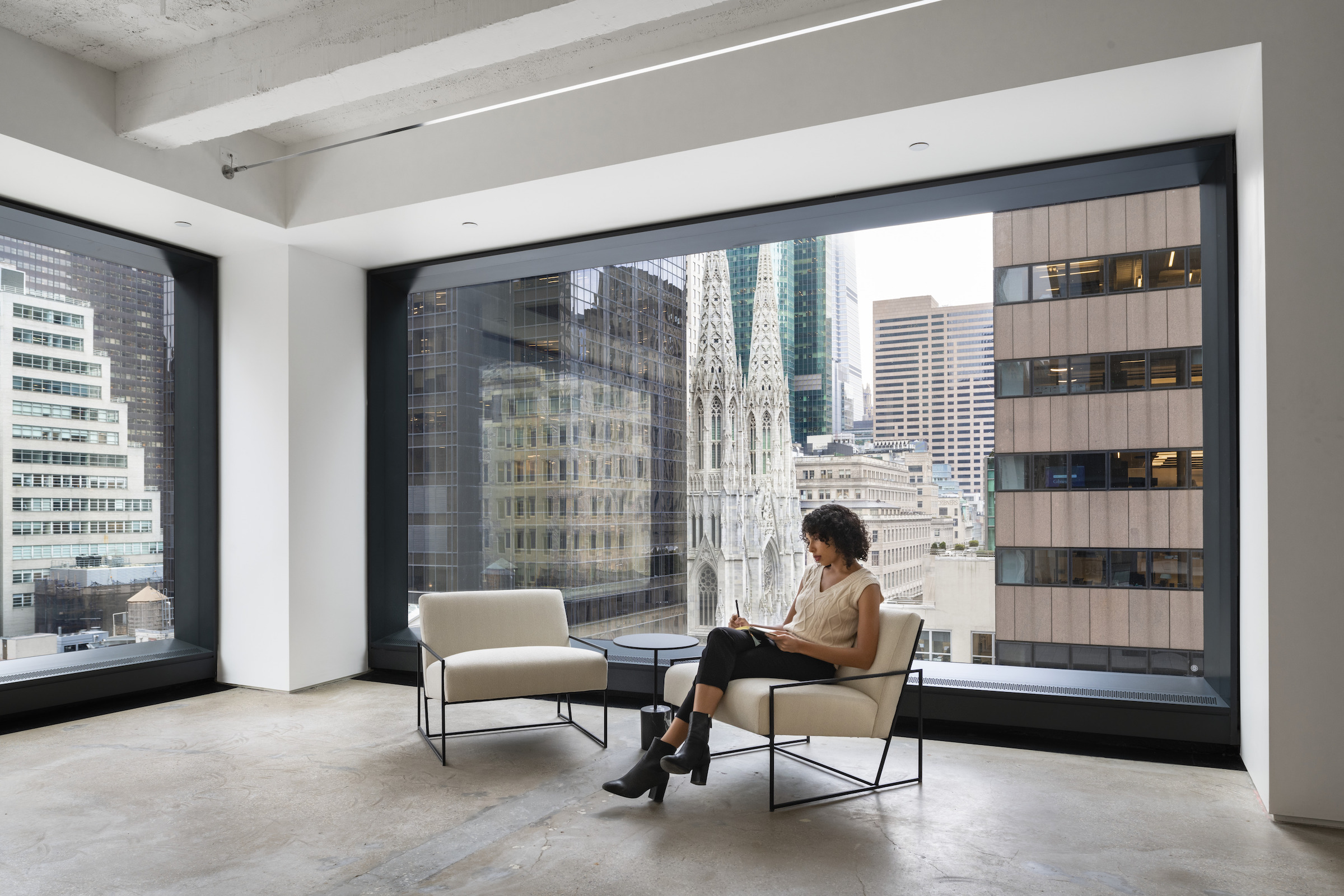
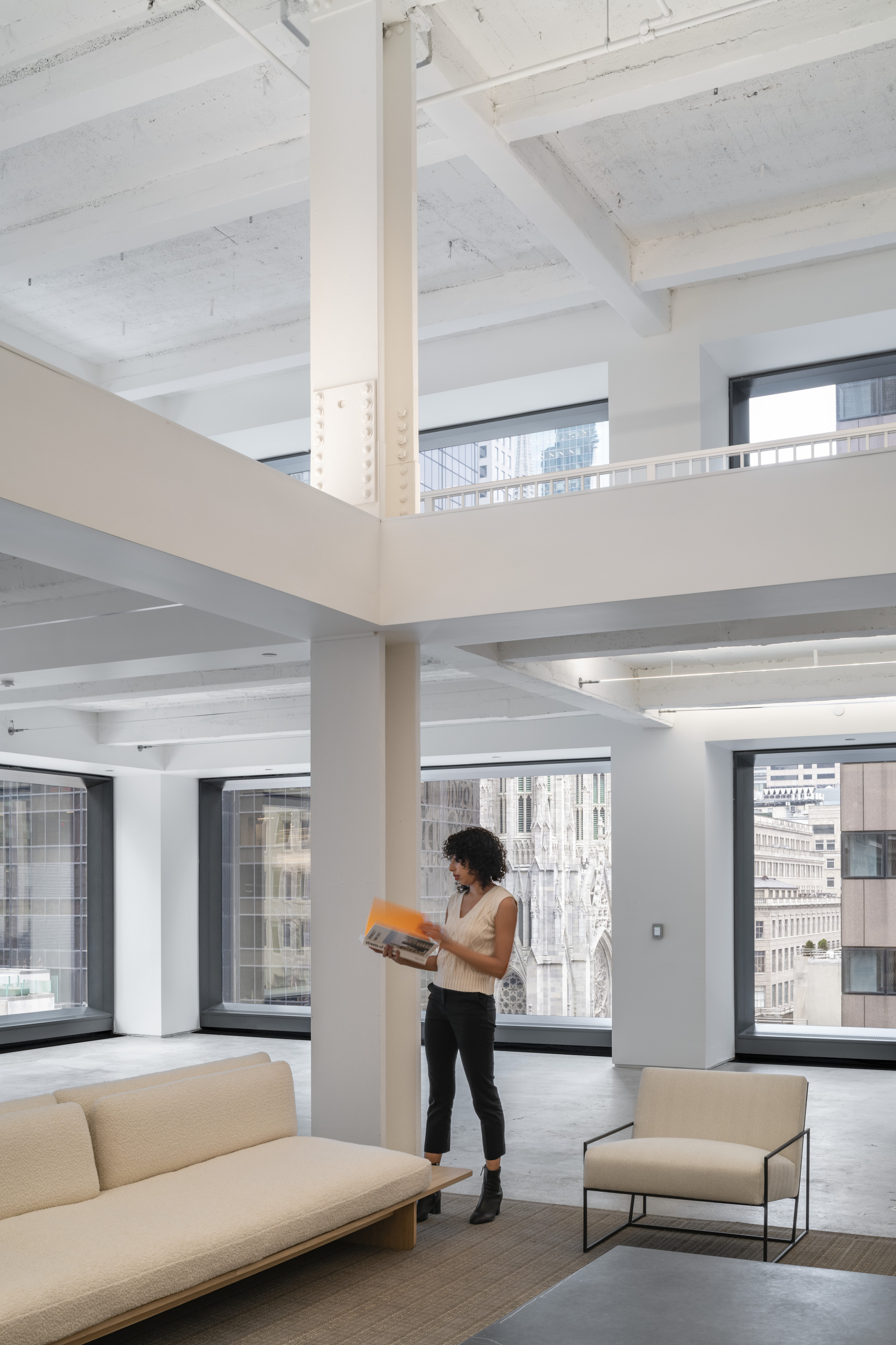
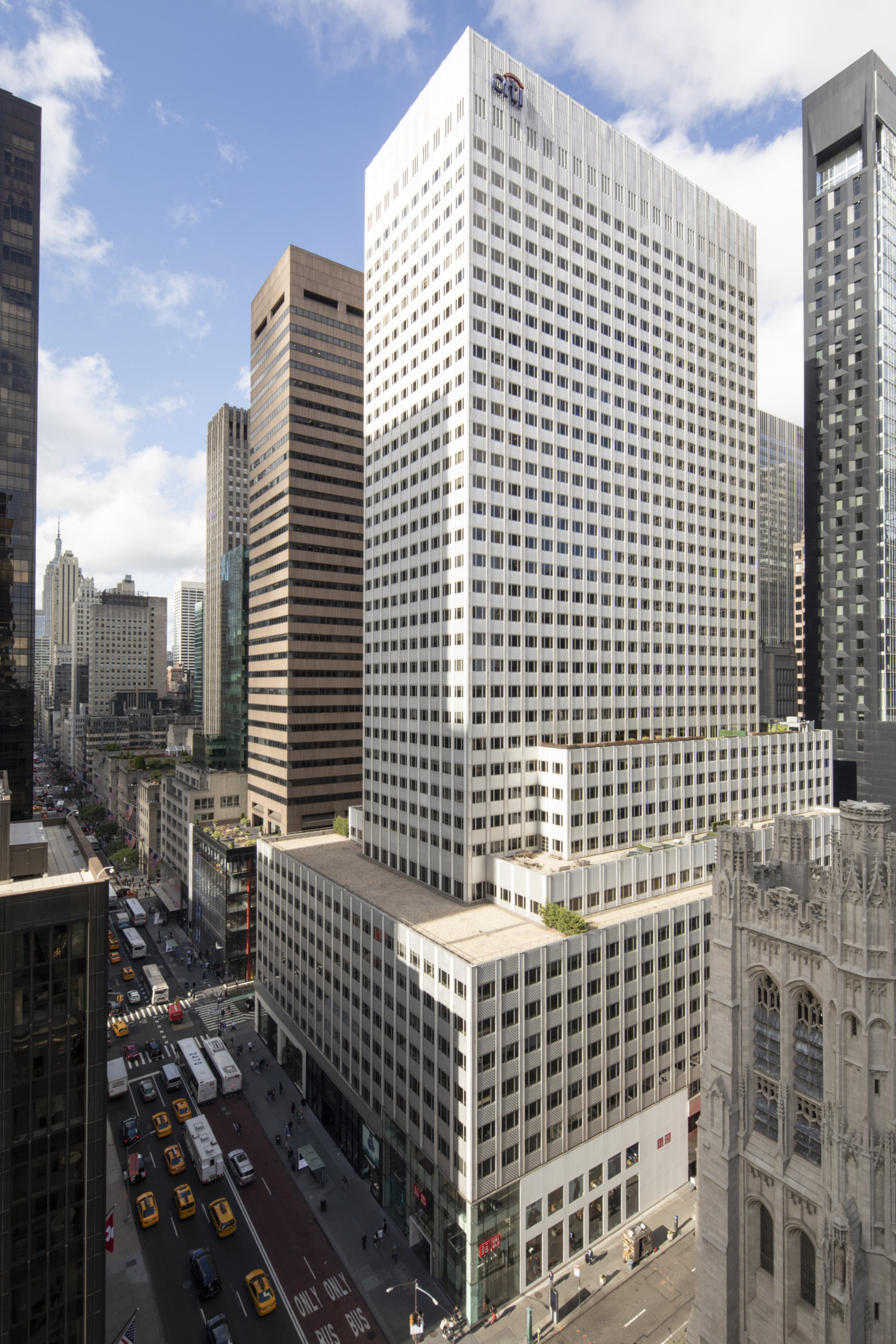
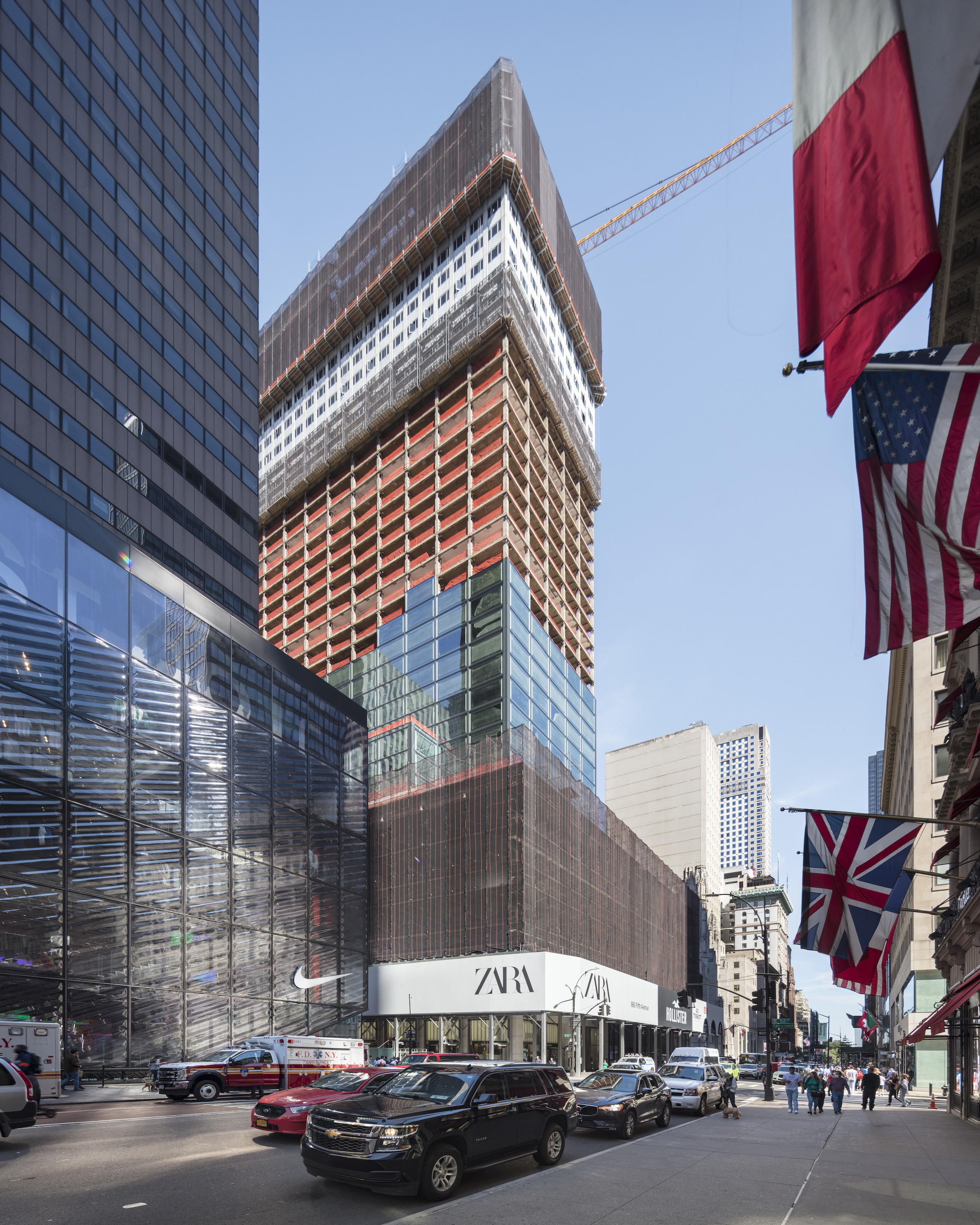


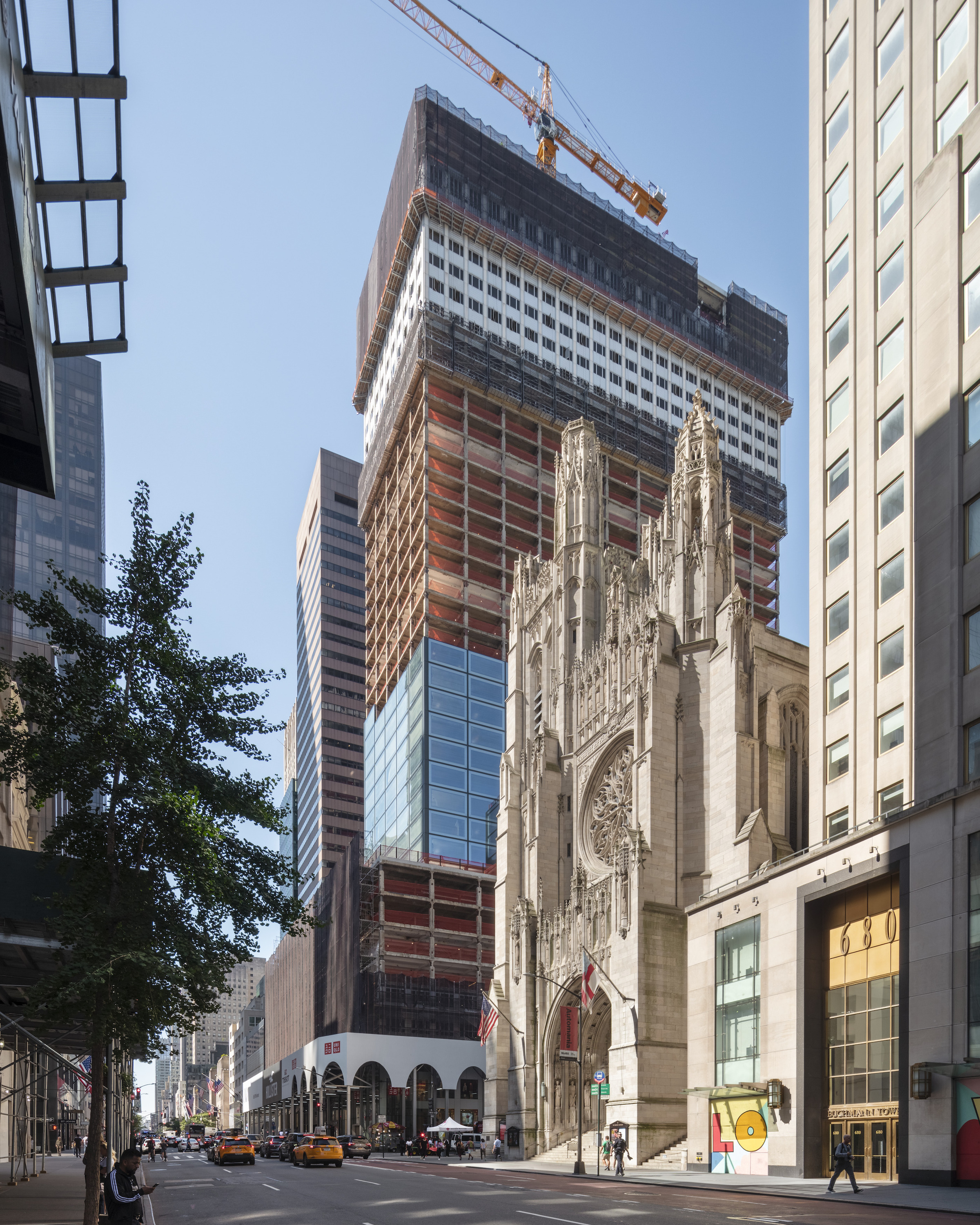
Related Stories
Sustainability | Jul 1, 2024
Amazon, JPMorgan Chase among companies collaborating with ILFI to advance carbon verification
Four companies (Amazon, JPMorgan Chase, JLL, and Prologis) are working with the International Living Future Institute to support development of new versions of Zero Carbon Certification.
Multifamily Housing | Jun 14, 2024
AEC inspections are the key to financially viable office to residential adaptive reuse projects
About a year ago our industry was abuzz with an idea that seemed like a one-shot miracle cure for both the shockingly high rate of office vacancies and the worsening housing shortage. The seemingly simple idea of converting empty office buildings to multifamily residential seemed like an easy and elegant solution. However, in the intervening months we’ve seen only a handful of these conversions, despite near universal enthusiasm for the concept.
Adaptive Reuse | Jun 13, 2024
4 ways to transform old buildings into modern assets
As cities grow, their office inventories remain largely stagnant. Yet despite changes to the market—including the impact of hybrid work—opportunities still exist. Enter: “Midlife Metamorphosis.”
Mass Timber | Jun 10, 2024
5 hidden benefits of mass timber design
Mass timber is a materials and design approach that holds immense potential to transform the future of the commercial building industry, as well as our environment.
Office Buildings | Jun 6, 2024
HOK presents neurodiversity research and design guidelines at SXSW 2024
Workplace experts share insights on designing inclusive spaces that cater to diverse sensory processing needs.
Office Buildings | Jun 3, 2024
Insights for working well in a hybrid world
GBBN Principal and Interior Designer Beth Latto, NCIDQ, LEED AP, ID+C, WELL AP, share a few takeaways, insights, and lessons learned from a recent Post Occupancy Evaluation of the firm's Cincinnati, Ohio, office.
MFPRO+ News | Jun 3, 2024
New York’s office to residential conversion program draws interest from 64 owners
New York City’s Office Conversion Accelerator Program has been contacted by the owners of 64 commercial buildings interested in converting their properties to residential use.
Products and Materials | May 31, 2024
Top building products for May 2024
BD+C Editors break down May's top 15 building products, from Durat and CaraGreen's Durat Plus to Zurn Siphonic Roof Drains.
Urban Planning | May 28, 2024
‘Flowing’ design emphasizes interaction at Bellevue, Wash., development
The three-tower 1,030,000-sf office and retail development designed by Graphite Design Group in collaboration with Compton Design Office for Vulcan Real Estate is attracting some of the world’s largest names in tech and hospitality.
Laboratories | May 24, 2024
The Department of Energy breaks ground on the Princeton Plasma Innovation Center
In Princeton, N.J., the U.S. Department of Energy’s Princeton Plasma Physics Laboratory (PPPL) has broken ground on the Princeton Plasma Innovation Center (PPIC), a state-of-the-art office and laboratory building. Designed and constructed by SmithGroup, the $109.7 million facility will provide space for research supporting PPPL’s expanded mission into microelectronics, quantum sensors and devices, and sustainability sciences.


